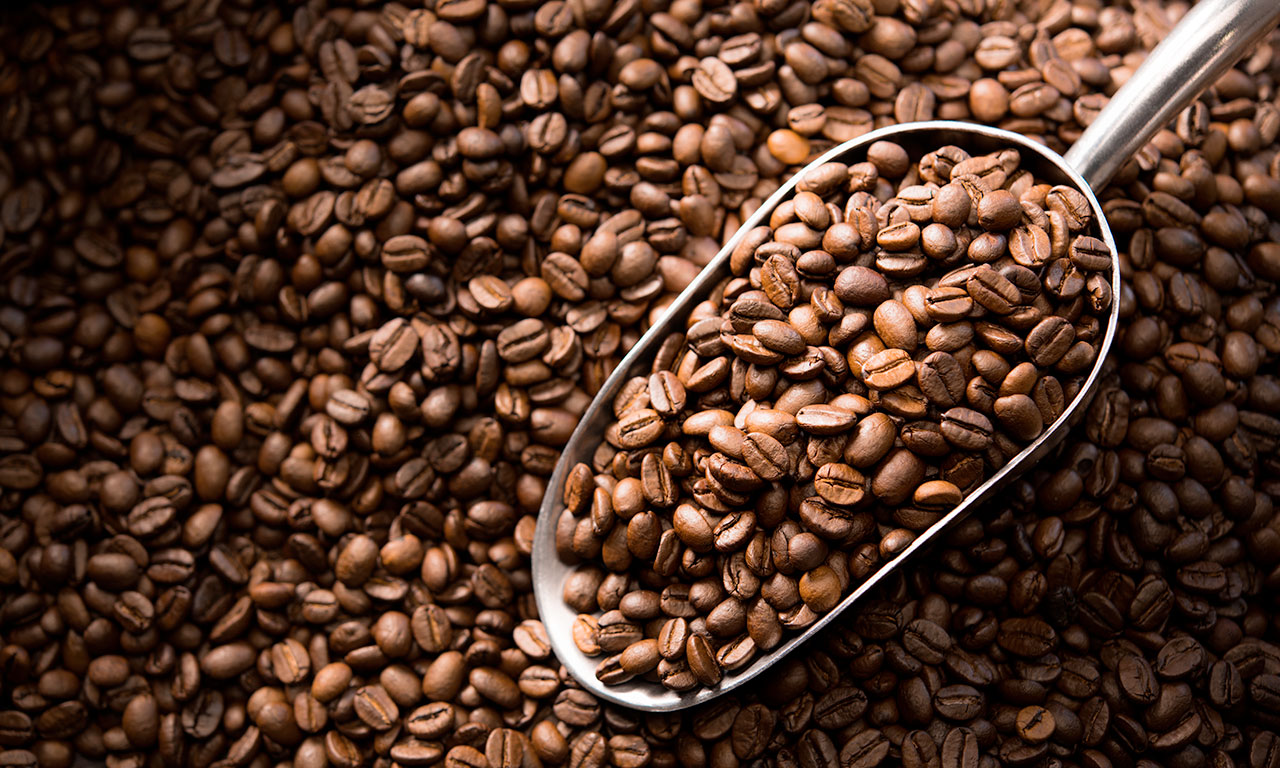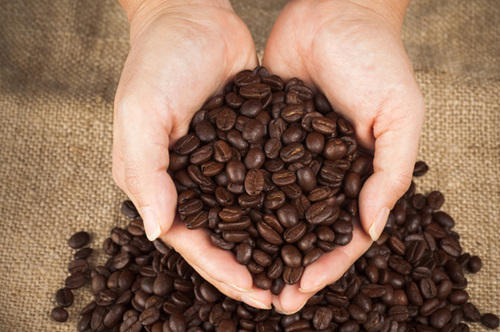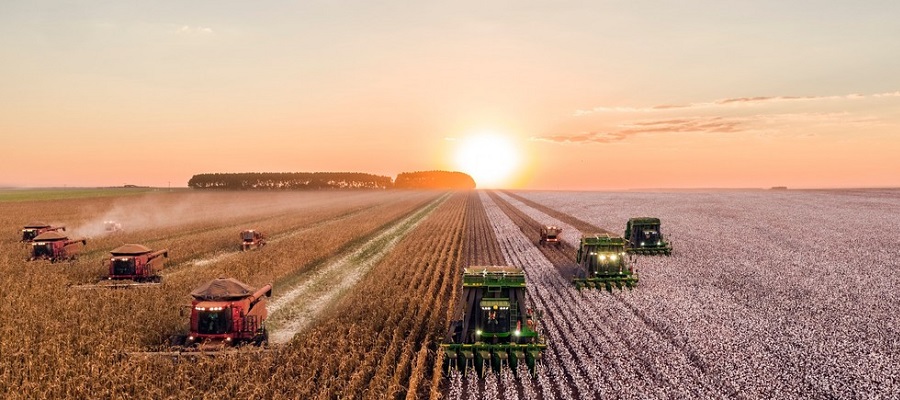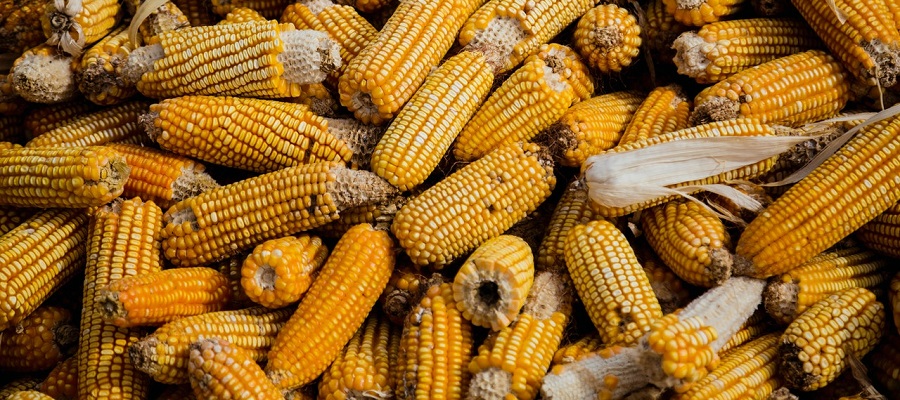If you want to import sesame seeds from Africa and you're not looking for information on this topic, but for a way to submit your inquiry, feel free to reach out to us by clicking here. Otherwise, enjoy reading.
We’ve enjoyed coffee since the 15th century, at the very least. The heart-warming caffeinated drink most probably has its origins in Ethiopia, in the Horn of Africa, and Yemen, at the Southern tip of the Arabian Peninsula. And although all coffee beans are attractive in their own way, they’re not all the same. Two major species of the coffee shrub dominate the market, Coffea Arabica and Coffea Canephora (AKA Robusta.) So, the question is, what makes Arabica and Robusta different? Let’s explore the two main types of coffee beans and reveal their secrets.
Arabica, refined and aromatic

Robusta Coffee Beans - Source: abandoncoffee.com
Arabica coffee is commonly found grown in Ethiopia, Kenya and Sudan. It is also popular in Mexico, Central America and Colombia. The self-pollinating plant thrives in high altitudes, as it benefits from lower temperatures, but it’s prone to disease. Their coffee beans are more often than not considered of higher quality since the coffee made with Arabica beans is mild and fragrant. Arabica beans have more sugar than Robusta beans, which translates as sweeter coffee, and have an average of 1.5% caffeine. They’re not nearly as caffeinated as Robusta. The prized Arabica beans are twice as expensive as Robusta, but customers are willing to pay a premium for the fragrant, sweet beans. Brazil is the leading producer of Arabica beans, although around 30% of their production is dedicated to Robusta. Colombia, Ethiopia, Honduras and Mexico follow.
Robusta, attractively rustic

Robusta Coffee Beans
Robusta coffee shrubs are immensely popular in Vietnam, Indonesia, Madagascar and Africa’s western coast. Robusta shrubs are not self-pollinating and need human intervention to multiply. On the plus side, Robusta enjoys lower altitudes and is easier to grow and cultivate. The coffee made with Robusta beans is assertive, strong (robust) and slightly rustic. Robusta beans don’t have as much sugar as Arabica beans, but they have up to 2.7% caffeine levels. Perhaps not as fragrant or sweet as Arabica, this type of coffee is often enjoyed with condensed milk, Vietnam-style, to balance its strong character. Robusta coffee beans are less expensive than Arabica, but they certainly have a place on the market. Vietnam is the leading producer of Robusta beans, followed by Brazil, Indonesia and India.
The Best Part? You Don’t Have to Choose!
There’s no such thing as a better coffee. The truth is, both Arabica and Robusta have their fan bases, and they’re both widely cultivated around the world. In fact, quality-oriented coffee producers often blend both species. Arabica brings the aromatics and sweetness to any blend, and Robusta is in charge of adding boldness and a robust feel with an extra caffeine kick. Robusta is more bitter than Arabica, and Arabica is more acidic than Robusta, sure. And although most coffee shops use Arabica or Arabica blends for their coffee specialties, you’ll be surprised to know the instant coffee we all know and love is often made with Robusta. There’s no need to choose between Arabica and Robusta. Both play a role in the wonderful world of coffee. The way the coffee beans are treated, roasted and brewed is often more important! What’s your favorite type of coffee?


